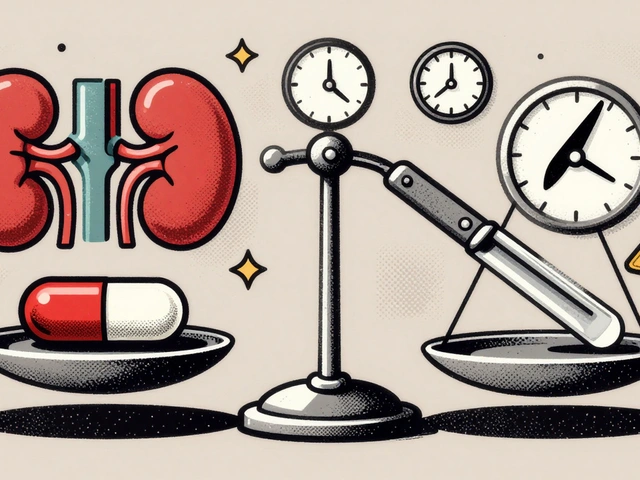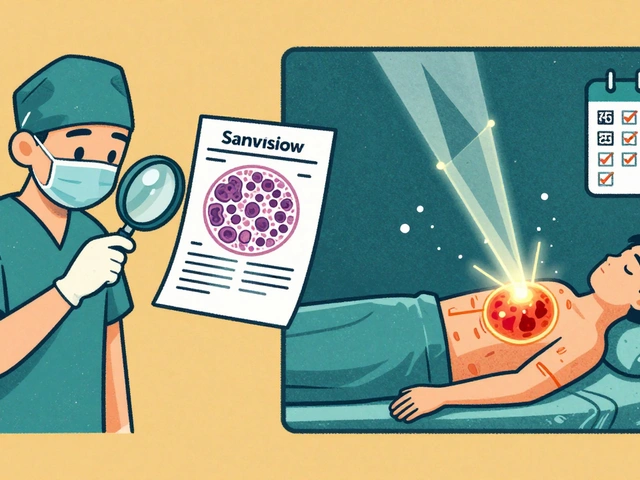Fertility: Practical Tips and Clear Steps to Improve Your Chances
Trying to get pregnant can feel confusing and stressful. The good news: small changes often make a big difference. This page gives clear, useful steps you can use right now — timing, basic tests, lifestyle moves, and when to talk to a doctor.
Timing and simple habits that help
Know your fertile window. Ovulation usually happens about 14 days before your next period, and the best chance for conception is about 5 days before ovulation plus the day of ovulation. Aim for sex every 1–2 days during that window. That keeps sperm fresh and increases odds.
Keep things comfortable. Avoid hot tubs, tight underwear for men, and very hot baths — high heat can lower sperm count. For women, try to track ovulation with a basic ovulation kit, a fertility app, or by checking cervical mucus (it gets stretchy and egg-white around ovulation).
Tests, treatments, and when to seek help
If you’re under 35 and haven’t conceived after 12 months of trying, see a doctor. If you’re over 35, start a workup after 6 months. A straightforward fertility check usually includes a semen analysis for the partner, and for the woman: a day-3 hormone test (FSH, LH), AMH for ovarian reserve, a pelvic ultrasound, and confirmation of ovulation. Sometimes a hysterosalpingogram (HSG) checks if the fallopian tubes are open.
Common, easy-to-start treatments include ovulation induction pills like letrozole or clomiphene for people who don’t ovulate regularly. If tests show male-factor issues or blocked tubes, options move toward IUI (intrauterine insemination) or IVF (in vitro fertilization). A fertility specialist will explain pros, cons, costs, and success rates based on your exact results.
Watch for specific conditions. If you have irregular periods, acne, or excess hair, ask about PCOS (polycystic ovary syndrome). If you have bad pelvic pain or painful periods, ask about endometriosis. Both affect fertility but have treatments that can improve chances.
Make sensible lifestyle changes now: aim for a healthy BMI (both low and high BMI can reduce fertility), quit smoking, limit alcohol to occasional use, keep caffeine moderate (under 200–300 mg/day), and prioritize sleep. Take a daily folic acid supplement (400 mcg) before pregnancy to reduce neural tube risks. Vitamin D and omega-3s can help general health; talk with your doctor about doses.
Fertility journeys vary a lot. If you feel overwhelmed, bring a partner or friend to appointments, write down questions before visits, and ask your doctor for clear next steps. You don’t have to figure everything out alone — testing and targeted treatment can show the fastest path forward.

As a woman, understanding our bodies is essential, and one key aspect to consider is the relationship between ovulation and cervical mucus. I've recently discovered that by tracking the changes in cervical mucus, we can actually determine when we're most fertile. So, let's pay attention to the texture and consistency of our cervical mucus, as it can give us valuable insights into our ovulation cycle. By doing so, we can improve our chances of conceiving or avoid unintended pregnancies. Remember, knowledge is power, so let's keep learning and understanding our bodies better!
Continue Reading





